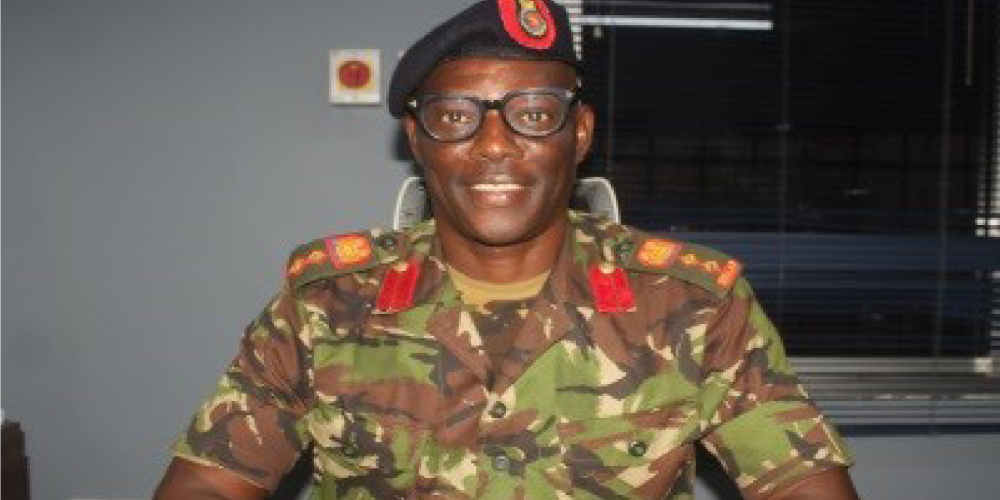Colonel RR Gbondo, Director Armed Forces Endowment & loan Scheme
Expo Magazine
The military hierarchy is a one-dimensional concept of leadership.
Military leadership is essentially about social influence and command. A single person at the top of the hierarchy exerts social influence on people’s behavior and steers subordinates’ thoughts, feelings, and actions through his or her words and deeds. His or her orders are translated directly into military actions. A chain of command and command structure enables social influence to move from top to bottom to reach all levels of organisation. Within the chain of command, a clear distinction can be made between the sender of the command (leader) and the recipient (follower). To this day, the military adheres to the idea of totality and the concept of a mechanically organised control of human actions. Of course, there are deviations from this ideal of everyday military life, such as desertion, failure to carry out an order, refusal, or mutiny.
- Consequently, social mechanisms are established to prevent deviant behavior.
The most essential tools encompass discipline, coercion, surveillance, social control, punishment, and motivation. The specificity of military leadership results from the military organization’s violent character and hierarchical structure. The 3Cs can illustrate the common understanding of military leadership: Command, Control, and Correction. It is argued that in running a military establishment, the key to success and achieving objectives lies in consistently implementing this three-step military leadership. In general, three levels of command-andcontrol relations exist when discussing leadership in the military. At the tactical level, such as squads and platoons, interpersonal relationships and personal guidance are intended to promote social efficiency in the command-and-control process.
The next level of command and control is that of commanding units and forces. This is not about personal relationships but rather about means-end relations and the level of ambition in communication. At the highest level of command and control (strategic), political requirements must be managed to enforce collective interests effectively.
- Military leadership is a demanding and multifaceted role that requires a unique blend of skills, knowledge, and character. Therefore, military leaders are required to raise morale, responsibility for their actions, and lead by setting good examples. Military leadership hinges on the following four core functions:
- Mission
Accomplishment:
This is the primary and fundamental responsibility of military leadership. Successfully executing the assigned mission objectives is paramount for military leadership. This involves planning, organising, directing, and controlling military operations to achieve the desired outcomes. It requires a deep understanding of the mission, the enemy, the terrain, and the available resources.
- Maintaining
Good Order and Discipline:
Maintaining good order and discipline within the unit is crucial for mission success and personnel safety. It involves enforcing standards of conduct, upholding military law, and ensuring that all personnel understand and adhere to their duties and responsibilities. “A disciplined unit is a force for good”.
c. Taking Care of Soldiers:
Mission first, people always. Soldiers’ well-being is paramount. This includes providing for their physical, mental, and emotional needs, ensuring their safety and security, and advocating for their welfare. Leaders must prioritise the needs of their Soldiers and create a supportive and inclusive environment.
d. Stewardship of
Resources: Responsible management of all resources entrusted to the unit, including personnel, equipment, and finances. This involves making sound resource allocation decisions and ensuring proper maintenance and utilization of resources, thus preventing waste.
- These four core functions are interconnected and interdependent. Effective military leadership requires balancing accomplishing the mission, maintaining good order and discipline, caring for soldiers, and ensuring responsible stewardship of resources.
Copyright –Published in Expo Magazine, March-April 2025 Edition Vol.3, No.3, (ExpoTimes News – Expo Media Group (expomediasl.com)




